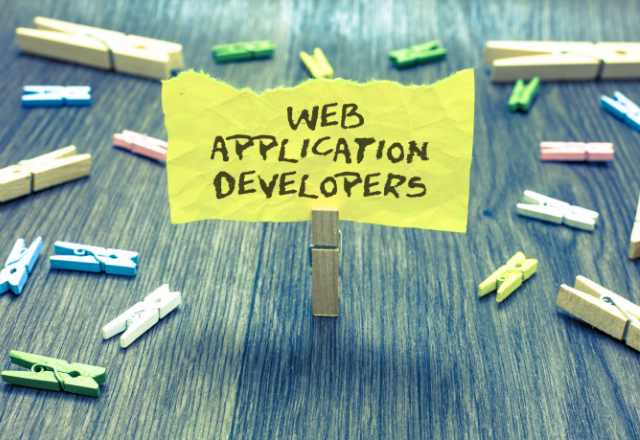Web3.0 Technology: Unlocking the Future of the Internet

Web3.0 Technology: Unlocking the Future of the Internet

The internet, the dynamic force that has reshaped our world over the past few decades, is once again on the verge of change. The emergence of Web 3.0, often referred to as the "Semantic Web," promises to push the Internet to new heights by enabling machines to understand and interpret information for more advanced human-computer interactions.
Unlike its predecessors, Web 3.0 goes beyond user-generated content and social networking to focus on collaboration, knowledge sharing, and personalized experiences. While the transformation is still a work in progress, the foundations are being laid for a revolutionary shift in the digital realm.
Learn about Web3.0
Web3.0 represents the next stage of Internet development. It goes beyond the user-centric approach of Web 2.0 and brings about a paradigm shift in how we interact with information. It is worth noting that the transition to Web3.0 is gradual, and we are currently in a stage that can be called Web2.5. Not all websites or businesses fully embrace the decentralized spirit of Web 3.0.
To understand the difference, let's go back to the early iterations of the web. Web1.0 focuses on providing information to users, essentially building a digital library. Web 2.0 introduced the concepts of user-generated content and knowledge management, giving rise to social media and collaboration platforms. In contrast, Web 3.0 centers on decentralized control, enabling users to own their data and interactions on the Internet.
Key technologies of Web3.0
Several groundbreaking technologies are underpinning the transition to Web 3.0, driving its potential to reshape the digital landscape.
- Decentralization and Blockchain: Blockchain technology is at the forefront of Web 3.0. Its transparent and tamper-proof nature makes it a powerful tool for building trust in the digital realm. Decentralized applications (dApps) and smart contracts are revolutionizing financial transactions by allowing direct peer-to-peer transactions and eliminating intermediaries. Even central banks, once skeptical of blockchain’s potential, are experimenting. example
- Artificial Intelligence (AI) and Machine Learning: AI is the driving force behind processing and analyzing vast amounts of data, turning it into personalized content delivery and predictive insights. AI-powered virtual assistants enhance user experience by understanding content and intent, enabling more intuitive interactions.
- Internet of Things (IoT): Integrating IoT devices into Web3.0 enhances real-time information collection and interaction. This enables the development of smart homes, connected medical devices, and efficient smart cities, demonstrating the true potential of Web 3.0.
Impact and Challenges of Web 3.0
The transition to Web 3.0 has both far-reaching implications and pressing challenges.
Influence
- Enhanced user experience: Personalized content and services tailored to individual preferences enrich the user experience, resulting in more interactions.
- Decentralization: Web 3.0 empowers individuals and reduces reliance on centralized platforms, thereby promoting digital sovereignty and ownership.
- Innovation and new business models: The emergence of cryptocurrencies, tokenization and novel business models has opened the door to innovative economic systems.
challenge
Data Privacy and Security: As data sharing and collaboration increases, protecting data privacy becomes critical.
- Policy and legislation: Web 3.0 deployments will need to strike a balance between fostering innovation and complying with regulations, challenging existing frameworks.
- Digital challenges: While Web 3.0 holds great potential, ensuring universal access and participation remains a challenge, especially in underserved areas.
Web 3.0 marks the arrival of a transitional era driven by technologies such as blockchain, artificial intelligence, and the Internet of Things. As the Internet evolves into an intelligent, integrated system, addressing challenges and unlocking potential is critical to shaping the future of information, technology, and human interaction. As we stand on the cusp of this new digital frontier, embracing Web 3.0 technologies promises to reshape our world once again, revolutionizing how we connect, collaborate and innovate.